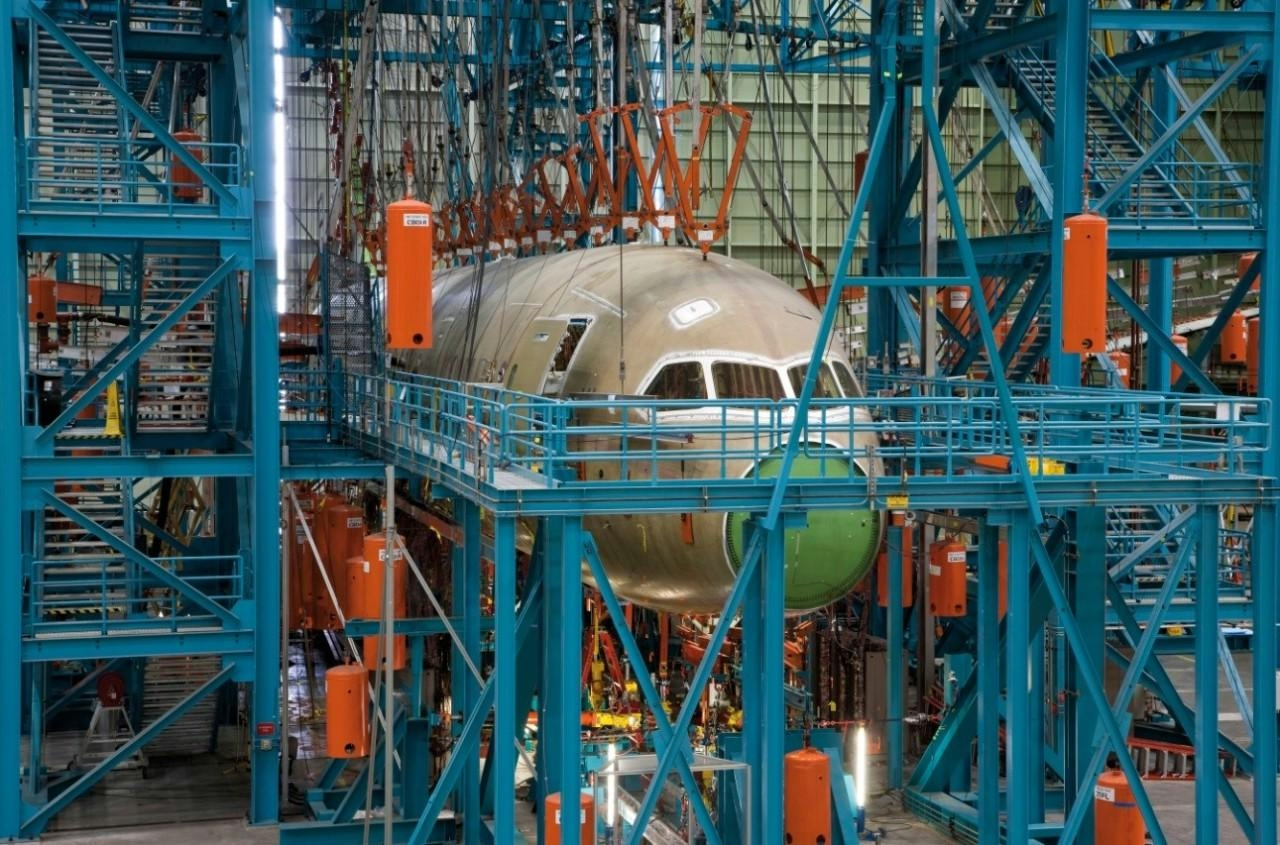
AeroGenie — あなたのインテリジェントな副操縦士。
現在のトレンド
Categories
Azul A320neo Engines Remained Active During Unplanned Evacuation
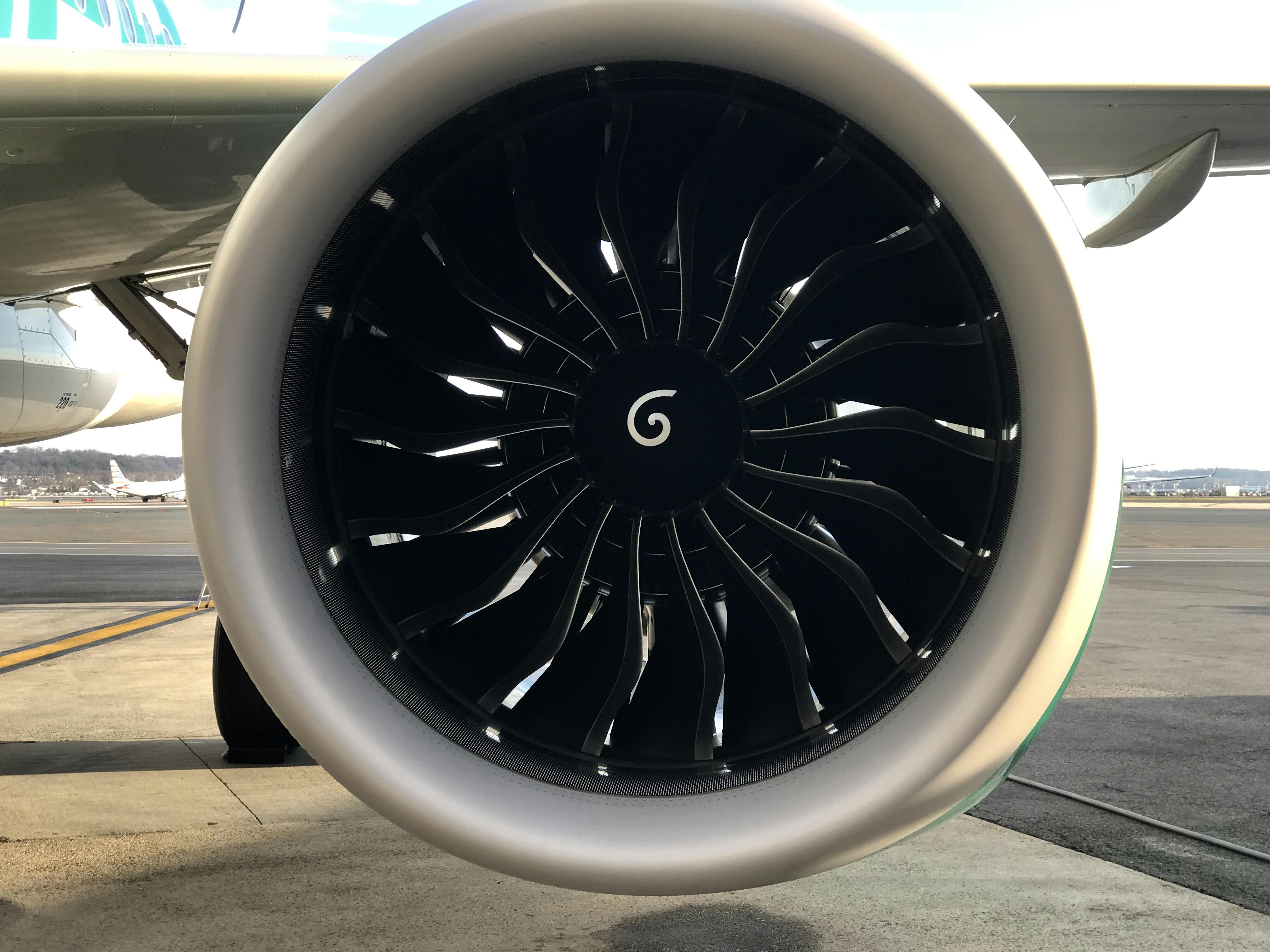
Azul A320neo Engines Remained Active During Unplanned Evacuation
Incident Overview
On 25 November 2021, an Azul Airbus A320neo was evacuated while its engines remained running following an aborted take-off at Cuiabá Airport. The aircraft, carrying 152 passengers and six crew members, was preparing to depart for São Paulo when the captain aborted the take-off at approximately 90 knots due to a hydraulic system warning. The plane came to a halt on runway 35, and the captain instructed passengers and cabin crew to await further instructions. However, a breakdown in communication between the cockpit and cabin crew led to a premature evacuation.
Causes of Confusion and Evacuation
The Brazilian investigation authority CENIPA’s report revealed that smoke generated by tire friction during heavy braking, combined with the flashing of red and white strobe lights, created the illusion of an external fire. This perception, fueled by passenger anxiety, escalated panic within the cabin. The lead flight attendant, acting without cockpit authorization and under the mistaken impression that passengers had already opened an overwing exit, initiated the evacuation by opening the forward left-hand door within 30 seconds of the captain’s announcement.
Attempts by the captain to communicate with the cabin crew via the emergency interphone failed, as flight attendants misinterpreted the call as an indication of a worst-case scenario. Subsequently, the remaining three doors were opened by other flight attendants, and passengers activated all four overwing exits. Throughout this process, the aircraft’s CFM International Leap-1A engines continued to run at idle thrust. The noise from the engines was reportedly masked by the commotion inside the cabin, and neither pilots nor cabin crew recalled that the engines were still active. The engines were eventually shut down approximately four minutes after the evacuation began.
Consequences and Safety Implications
Fifteen passengers were injured during the evacuation, one of them seriously. The investigation determined that the hydraulic warning that triggered the aborted take-off was caused by a detached sensor component that had fallen into the oil reservoir, resulting in a false alarm rather than an actual hydraulic leak.
This incident has raised significant concerns regarding Azul’s safety protocols, particularly in emergency communication and evacuation procedures. The airline, already under financial strain and operating under bankruptcy protection, now faces potential regulatory scrutiny and a possible decline in passenger confidence. Competitors may also use the event to emphasize their own safety records, adding further pressure on Azul as it seeks to maintain operational stability amid ongoing challenges.

Air China Shares Rise After $9.5 Billion Airbus Jet Order
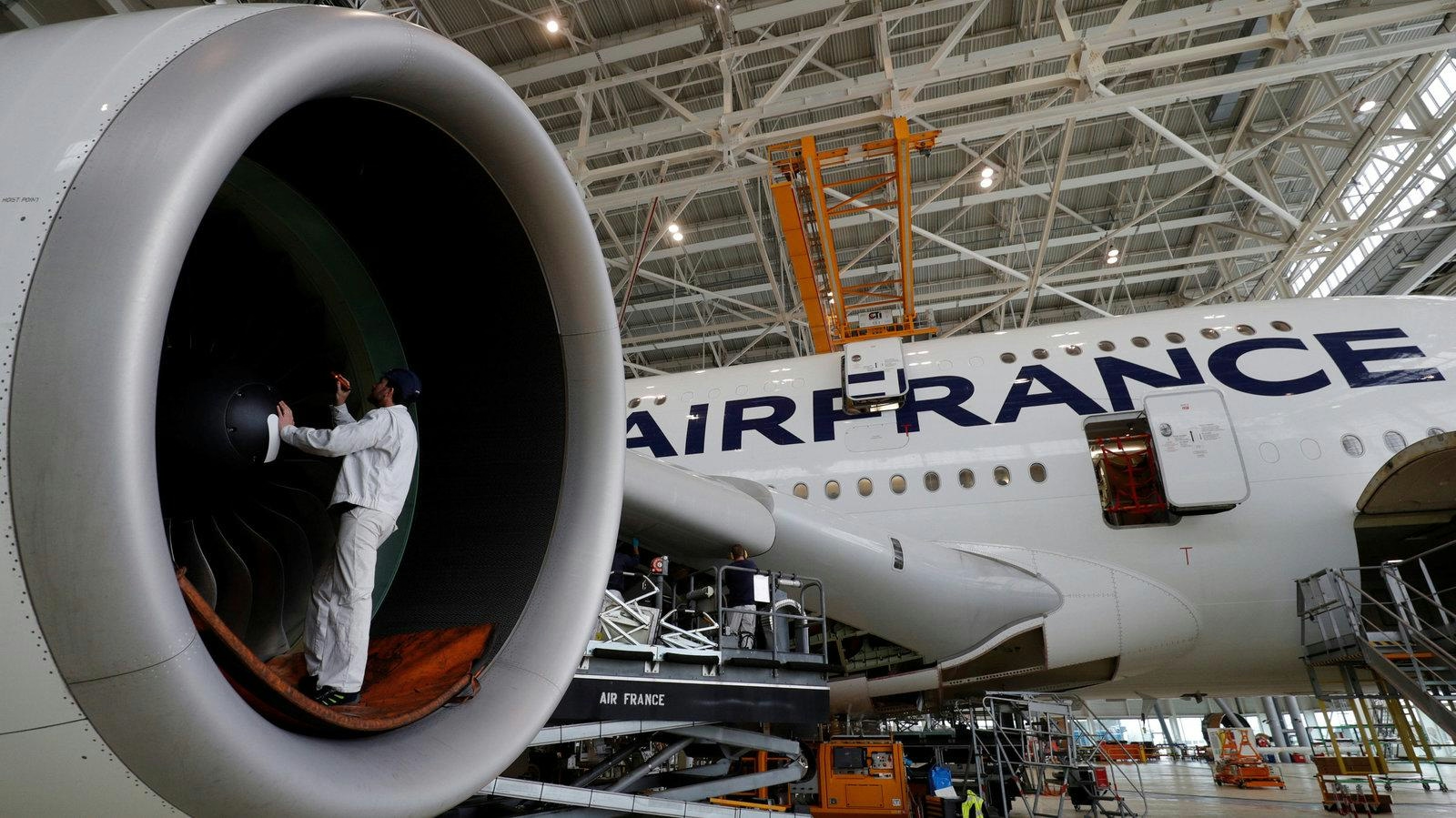
Why Airbus Chose Four Engines for the A380

Key Defense Aviation Trends to Watch in 2026
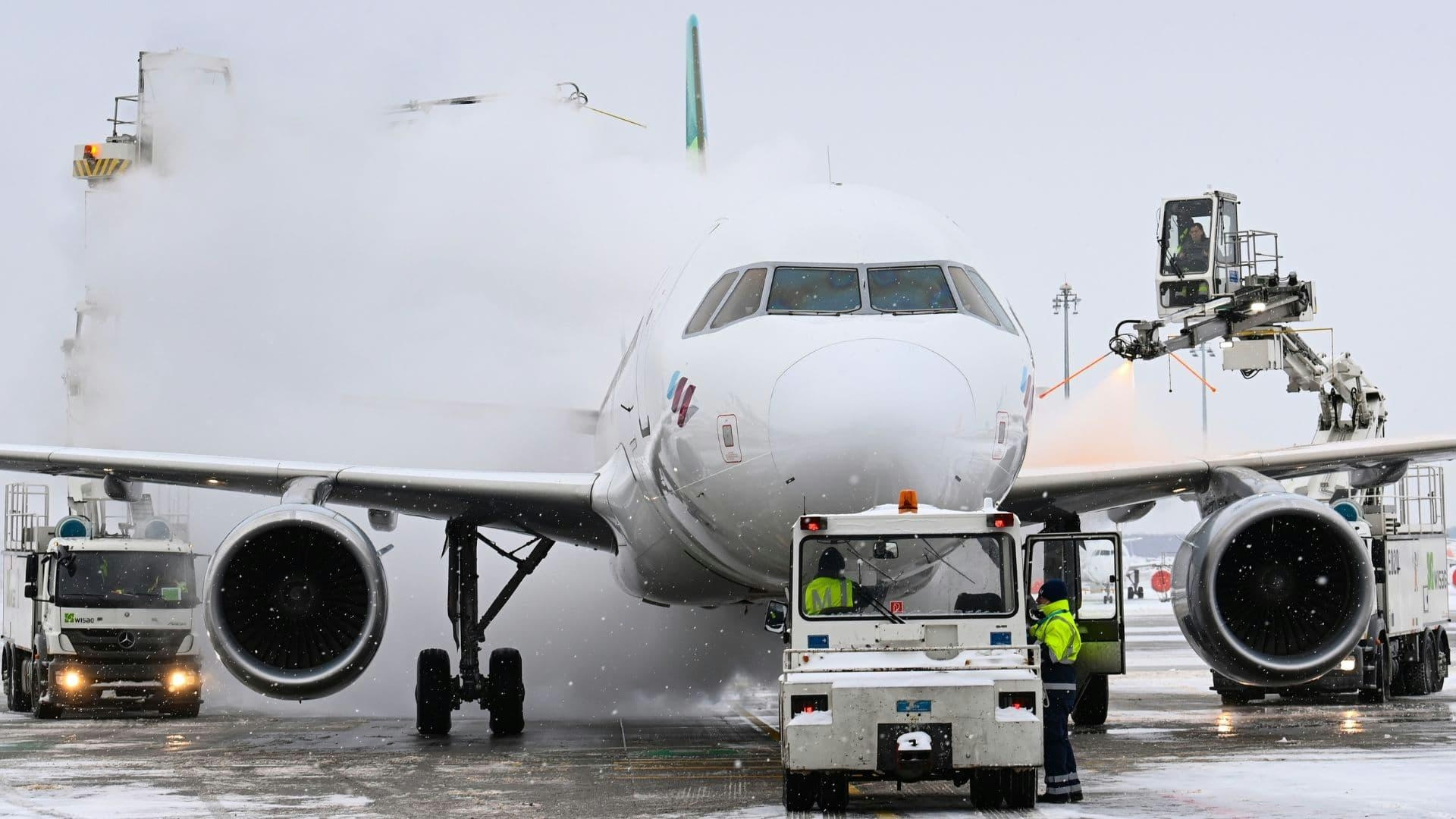
Body Lotion Additive Significantly Enhances Aircraft Anti-Icing Performance
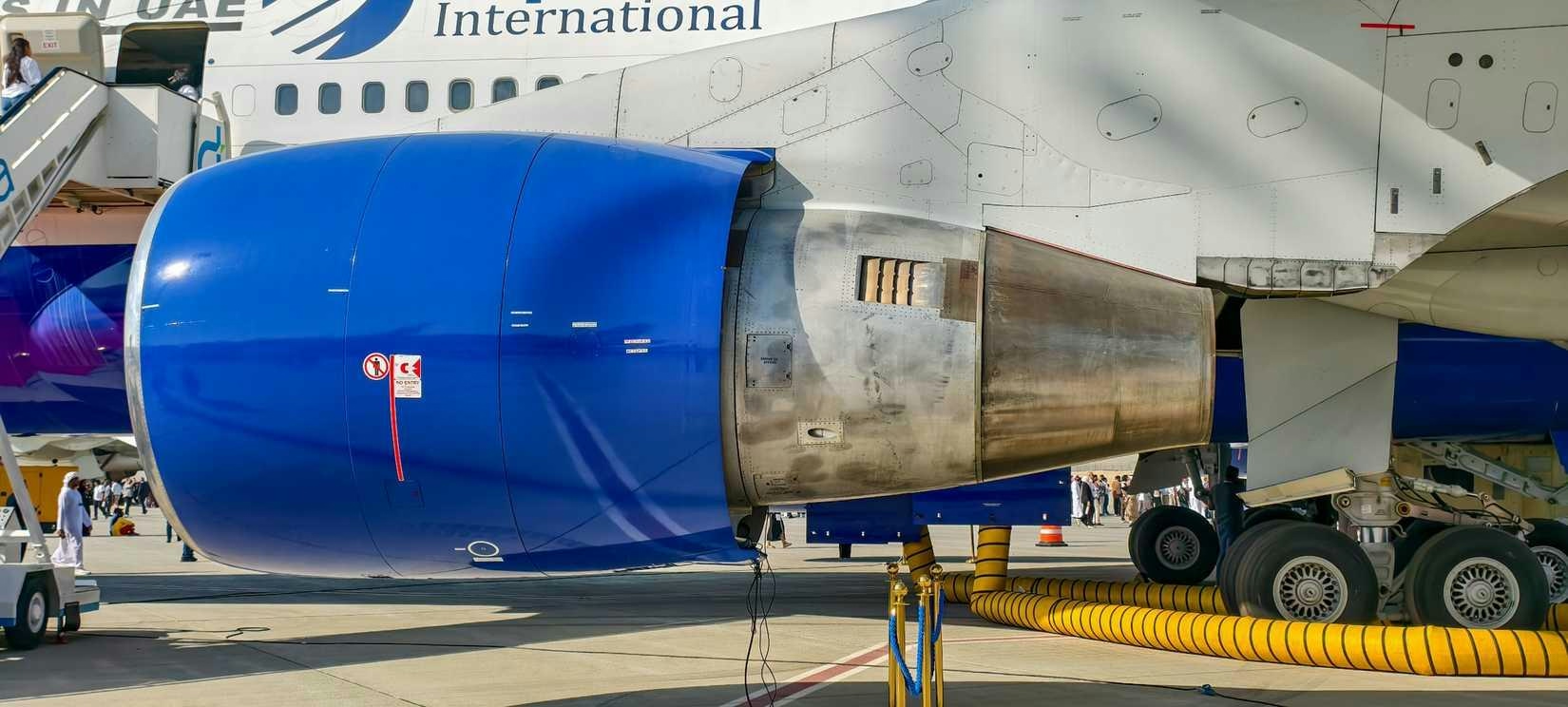
Why the Boeing 747-400 Uses Three Different Engine Types

DGCA Questions AI System Over Dreamliner Operations Amid Technical Issues
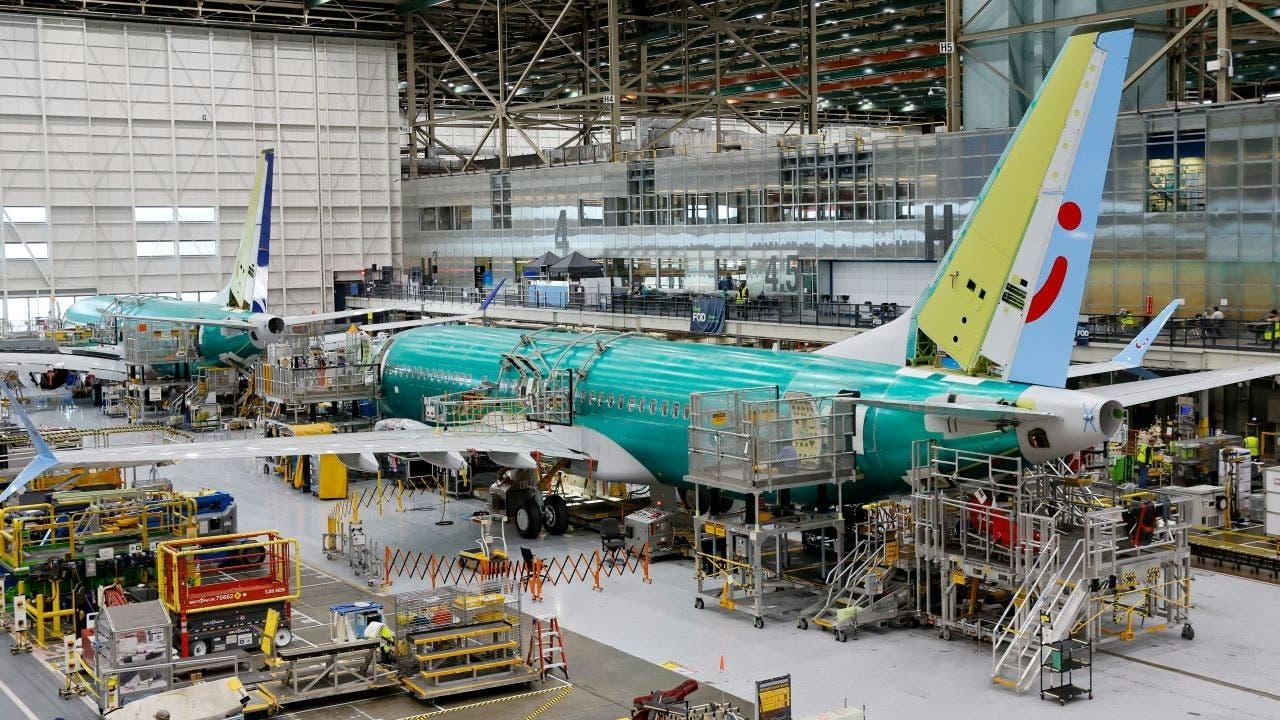
The New Aircraft Poised to Replace a Leading Narrowbody Model

The Future of Travel, According to the CEO of Europe’s Busiest Airport

Airbus Accelerates Year-End Deliveries to Meet Targets
